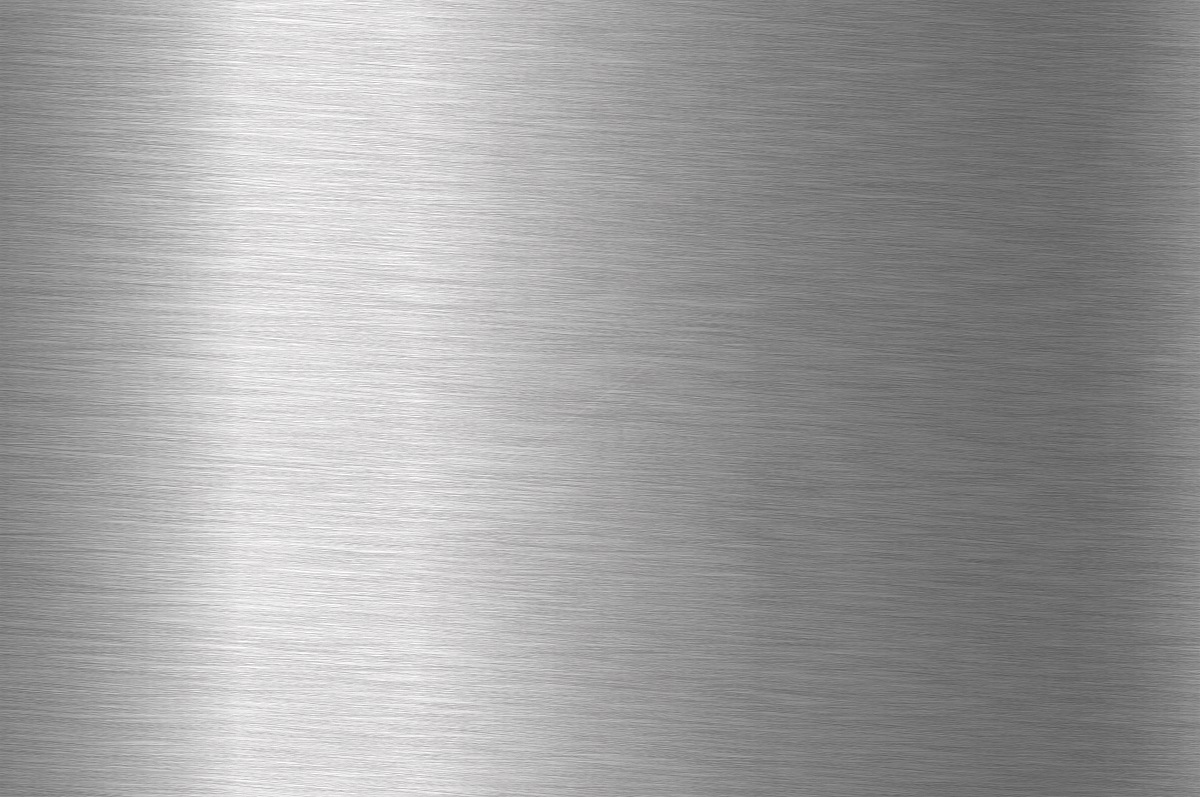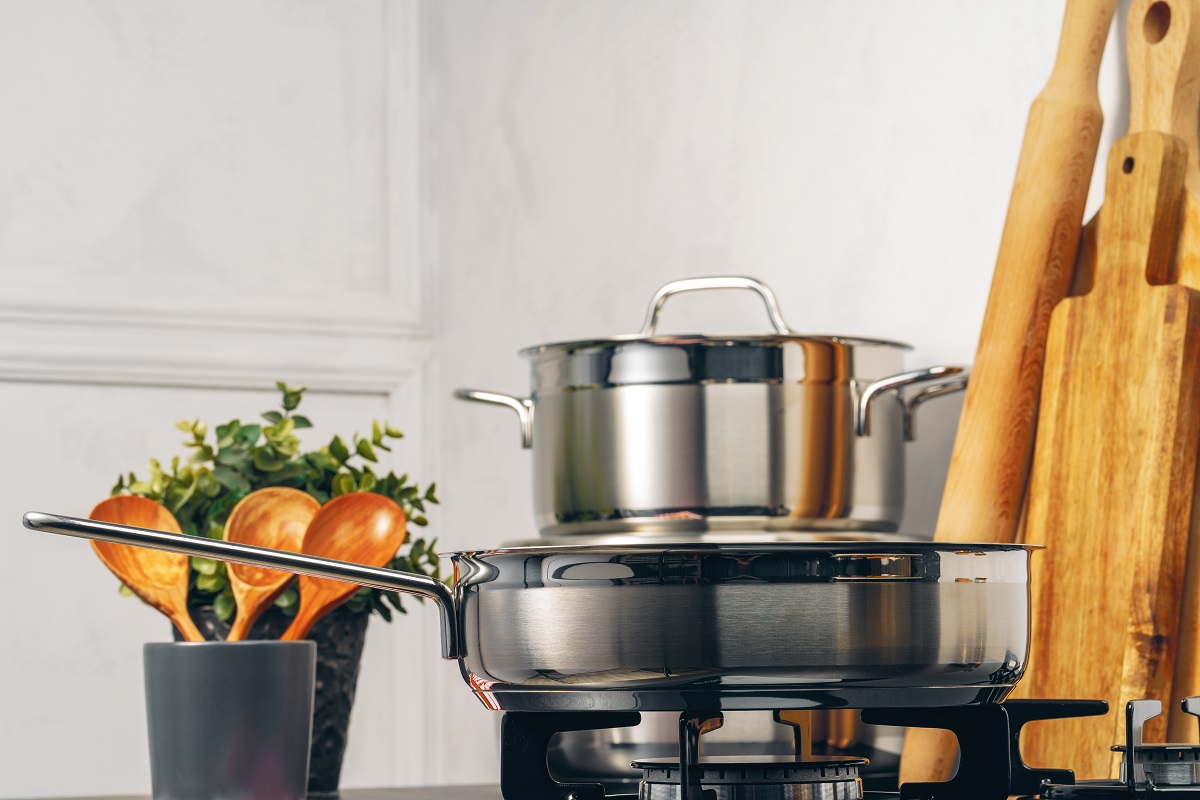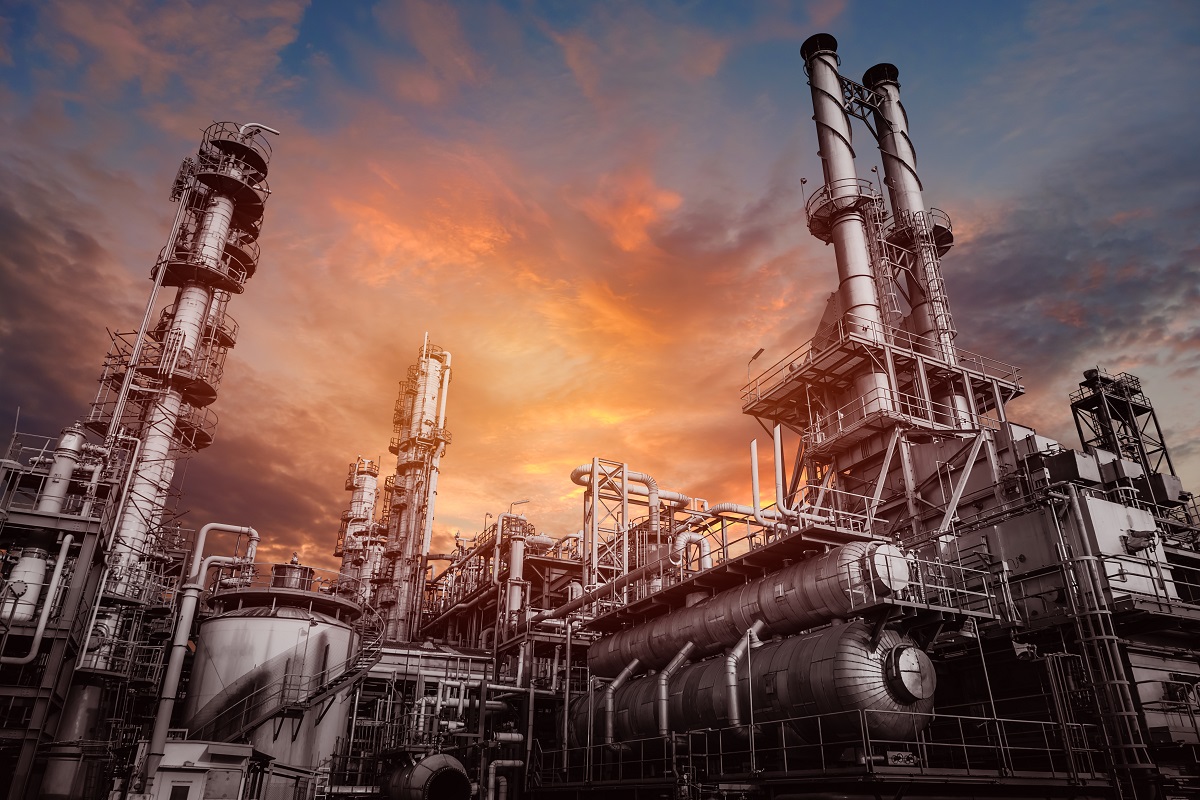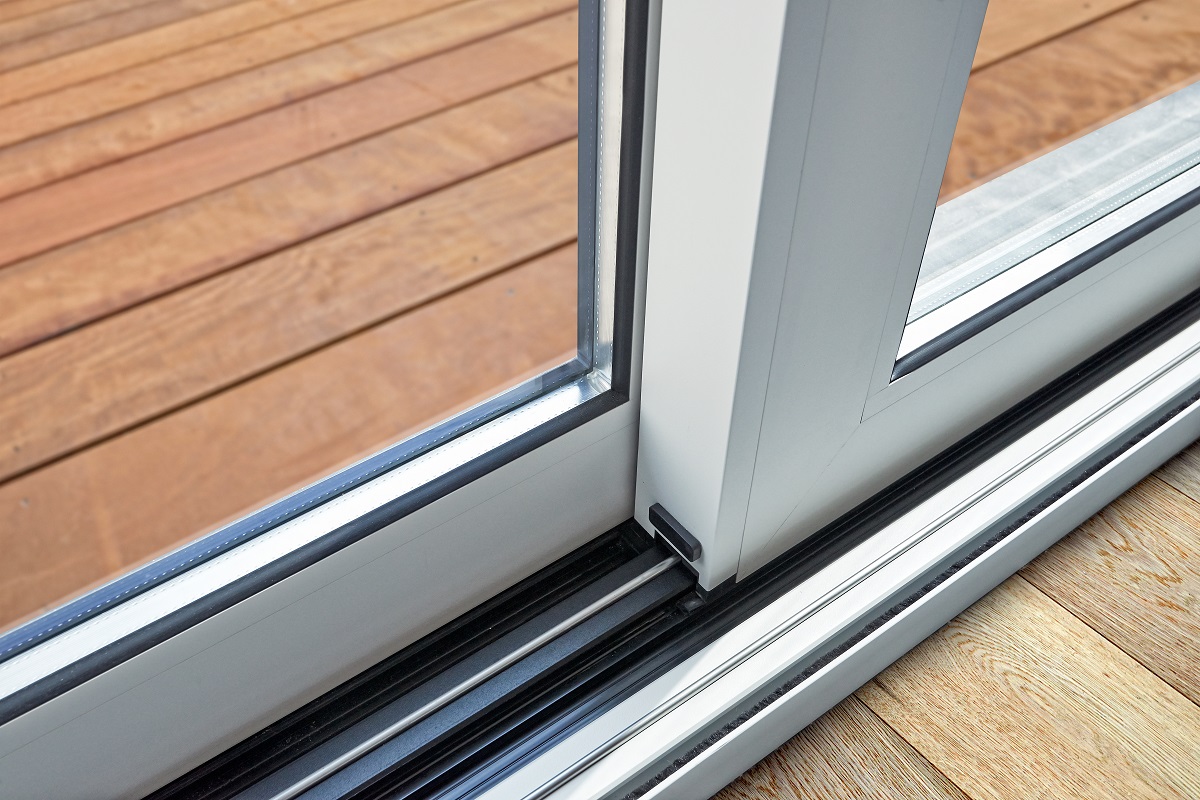How are stainless steel and aluminum different in terms of thermal conductivity?
- Aluminum has better thermal conductivity
- High and low thermal conductivity are both useful
- Industries that benefit from high or low thermal conductivity
Stainless steel and aluminum have long been lauded as one of the most useful industrial materials being used today. Many different industries at different levels benefit from their use, thanks to their many wonderful characteristics. Aside from strength, durability, and versatility, aluminum and stainless steel have other attributes that make them truly useful.
One such attribute is thermal conductivity. This is the process by which thermal energy is transferred through matter and is usually measured in watts per kelvin per meter. Lower thermal conductivity means a lower rate of heat transfer while higher thermal conductivity means efficiency in conducting heat.
If you want to know more about the thermal conductivity of stainless steel and aluminum then continue reading because it could prove useful for you and your future industrial endeavors.
Aluminum has better thermal conductivity

Right off the bat, the first thing of note between the two industrial materials is that aluminum has ‘better’ thermal conductivity. Important to note here that having high or low thermal conductivity is not inherently good nor bad. Aluminum simply has a relatively higher thermal conductivity. On the other hand, stainless steel has one of the lowest thermal conductivities for metal alloys.
Another metric used to track thermal conductivity is the British thermal unit (BTU), which uses a number to represent the ability of a material to conduct heat. Aluminum has BTU of 118 while steel has 17. Comparing both to another material like copper, which has a BTU of 223, aluminum can still be a better option because it is lighter, cheaper, and easier to work with and manipulate thanks to its low melting point. Aluminum is also the most abundant metal found in the earth’s crust, making it more accessible than other choices.
High and low thermal conductivity are both useful
Both high and low thermal conductivity is useful for many different applications. You just have to know which specific metal can get the job done for you. Aluminum conducts heat well and this makes it good for heat exchangers, heat sinks, and even for cooking materials such as pots and pans.
Since stainless steel is poor at conducting heat, it is better for manufacturing products that are exposed to high-temperature and corrosive environments such as automotive and aircrafts parts like engines and airconditioning systems. Using stainless steel can result in better energy efficiency which eventually leads to savings in the long run.
Industries that benefit from high or low thermal conductivity

There are many specific industries beyond that value a material’s thermal conductivity, regardless if they are high or low. For example, the construction industry is known for using stainless steel for countless structures and their parts. It is good for building facades, foundations, curtain walls, and other architecturally exposed structure designs. The food industry also uses stainless steel to keep production processes stable where heat is involved. This can be seen in ovens and conveyor belts.
As for aluminum, the automotive and aerospace industries are its biggest beneficiaries because many car and airplane parts are made using aluminum. In fact, most air and spacecraft are made primarily using aluminum with the Boeing 737, the best-selling jet commercial airliner, being 80% aluminum. Even in small-scale product manufacturing, aluminum is widely used. It is a crucial component of light-emitting diodes or L.E.D lights, heat exchangers in electronics, and is also used for packaging, the second-biggest consumer of aluminum.
Aluminum is more malleable and elastic than steel. Aluminum can be used to form different shapes
Key Takeaway
The concept of thermal conductivity is complex, but knowing how and why they matter to many industries and manufacturing processes can be useful in helping you choose the right kind of metal alloy or material for future endeavors. Both stainless steel and aluminum are great, but it’s their less-popular qualities like their ability to conduct heat at varying levels that can make the difference.
Click here if you want to know more about aluminum and stainless steel because there is certainly more to know about these wonderful metals.



